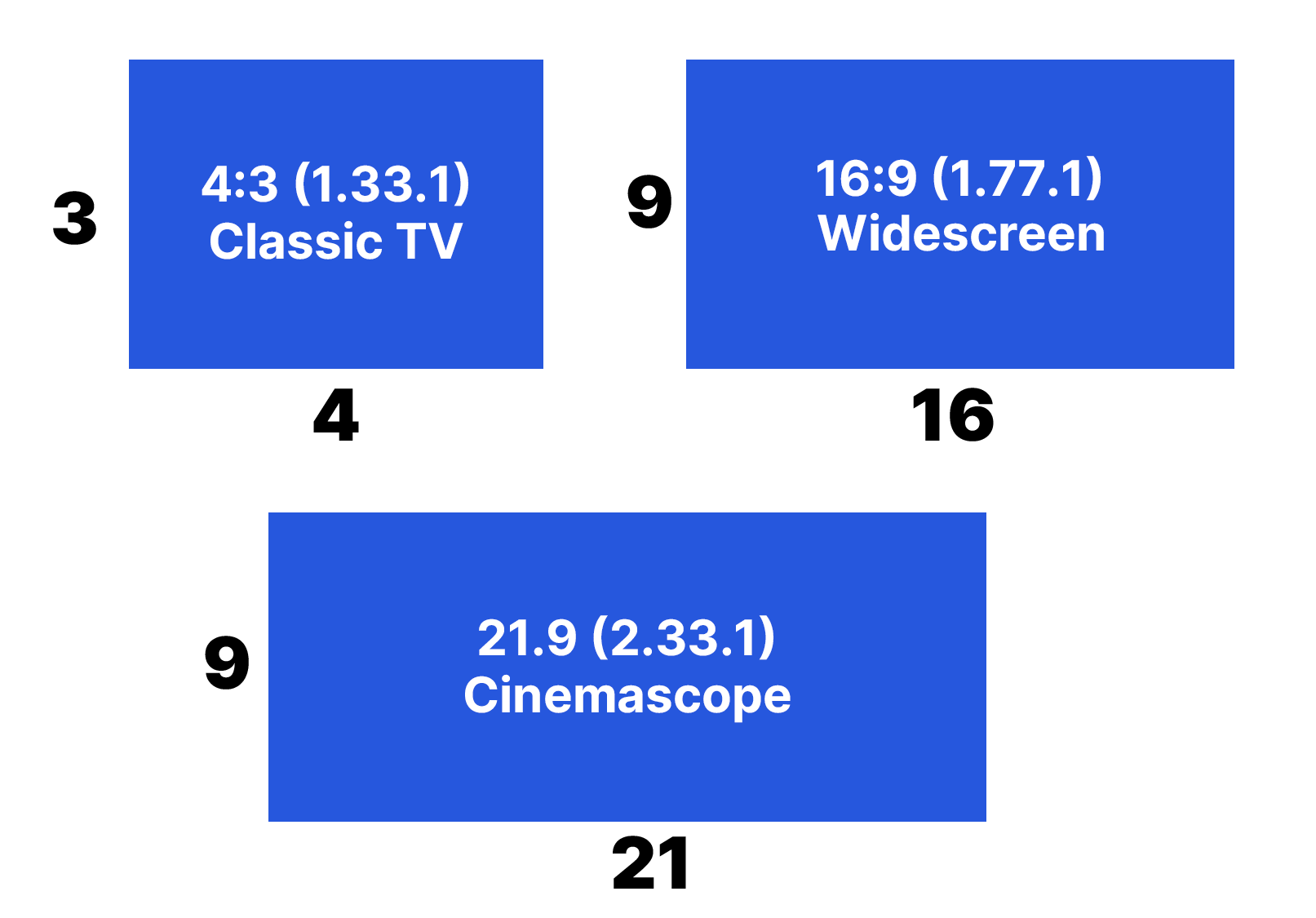The fullscreen aspect ratio, often referred to as 4:3, was the initial standard for televisions and computer monitors, thanks to its compatibility with camera formats. This ratio, 4x3 (1.33:1), was widely used for recording videos and movies, eliminating the need for conversion for television viewing.

However, during the 1990s and 2000s, the widescreen 16:9 format gained popularity as the preferred video format.
As of January 2023, statistics on desktop resolutions show that the XGA fullscreen resolution (1024 x 768) remains in use, yet the most common resolution globally is 1920x1080, boasting a usage rate of 24%.
The 4:3 aspect ratio is a traditional format that has been widely used in computer monitors, televisions, and various display systems. This ratio refers to the width being 4 units while the height is 3 units, creating a rectangle that is not as wide as the now common 16:9 widescreen format. The resolutions that adhere to this aspect ratio come in both standard and less common varieties, catering to a range of uses and preferences.
Common 4:3 resolutions include: 640×480, 800×600, 960×720, 1024×768, 1280×960, 1400×1050, 1440×1080, 1600×1200, 1856×1392, 1920×1440, and 2048×1536. These resolutions have been staples in computing and video display, offering clarity and detail for various applications from gaming to professional design.
Lesser-known 4:3 resolutions also exist, offering a wide array of options for specific needs and older or specialized equipment. These include: 40x30, 160x120, 256x192, 320x240, 384x288, 400x300, 512x384, 832x624, 1152x864, again 1400x1050, 1792x1344, again 1856x1392, 2304x1728, 2560x1920, 2800x2100, 3200x2400, 4096x3072, 2704x2028, 2720x2040, 2732x2048, 4000x3000, and up to 6400x4800 for extremely high resolution needs.
The array of 4:3 resolutions, from the commonly used to the highly uncommon, underscores the versatility and enduring relevance of this aspect ratio. Despite the prevalence of widescreen formats, the 4:3 ratio continues to serve specific requirements and preferences, ensuring that content and applications designed for this format are displayed as intended.
© Copyright 2024, All Rights Reserved by Frame Ratio